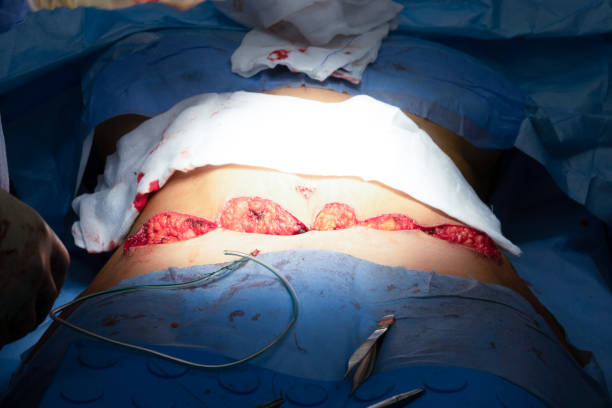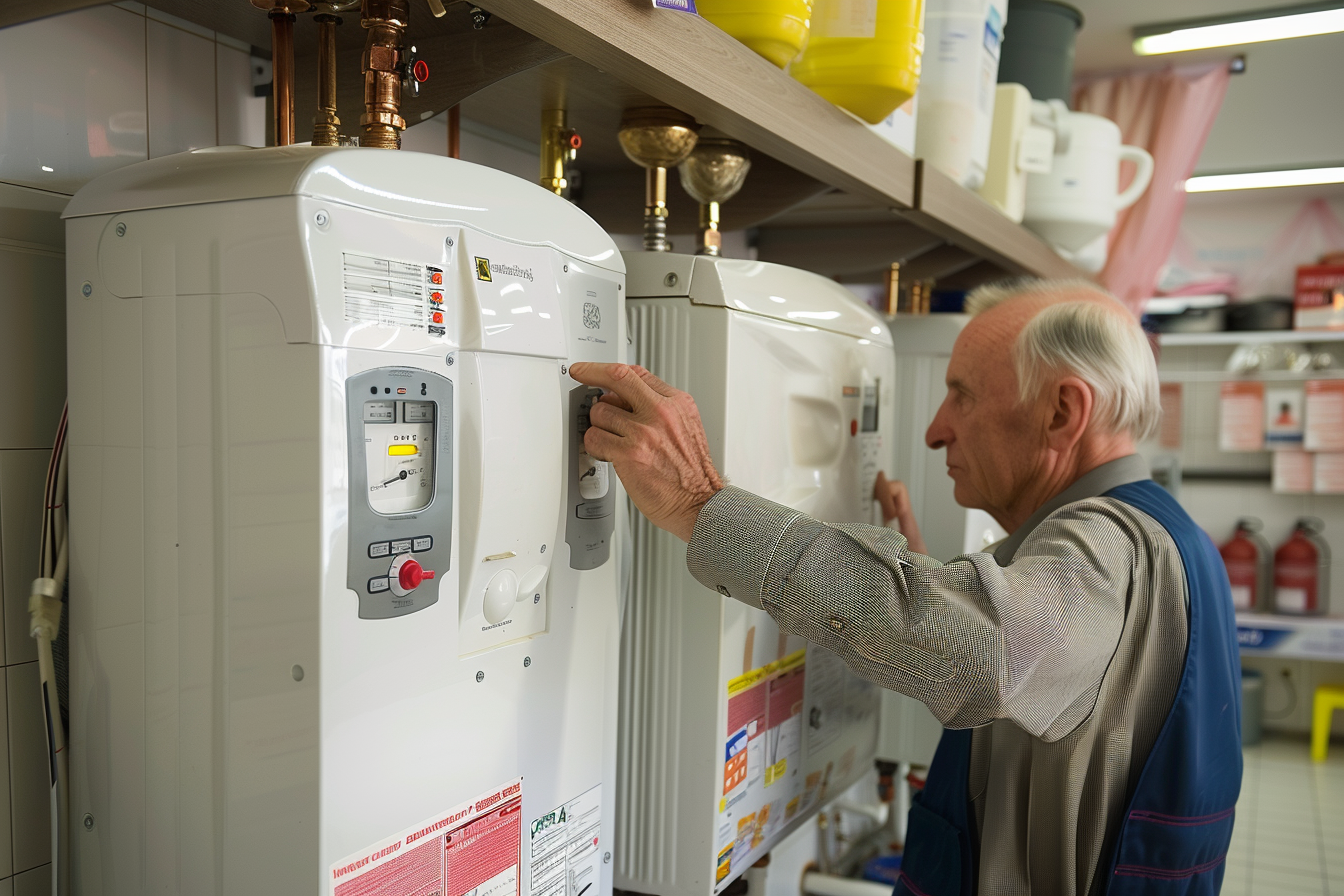Decoding the Art of Tummy Tuck: A Comprehensive Guide to Abdominoplasty
Tummy tuck, medically known as abdominoplasty, is a cosmetic surgical procedure aimed at improving the appearance of the abdomen. It involves the removal of excess fat and skin from the belly area, and in some cases, it may also involve tightening the abdominal muscles. Over the years, the tummy tuck procedure has gained immense popularity, transforming from a luxury indulgence to a widely accepted practice in the beauty and wellness industry. This article seeks to offer an in-depth understanding of this procedure, demystifying its history, evolution, current trends, and potential impacts.

A Glimpse into the Past: The Origins of Abdominoplasty
The roots of abdominoplasty date back to the early 19th century, with the earliest documented cases of body contouring surgeries. However, the modern iteration of the tummy tuck procedure was developed during the mid-20th century, primarily to address the post-pregnancy abdominal issues faced by women. Despite its initial criticism due to the risks associated with any surgical procedure, the tummy tuck’s popularity steadily increased as advancements in medical technology made it safer and more effective.
The Evolution of Abdominoplasty Techniques
As technology evolved, so did the techniques used in abdominoplasty. In the traditional method, a long incision was made from hip to hip, and the skin was lifted to allow the surgeon to reshape the abdominal muscles. Over time, mini-abdominoplasty and endoscopic abdominoplasty procedures were developed, offering less invasive options with shorter recovery times. Today, there are even non-surgical alternatives like laser and radiofrequency treatments that aim to mimic the effects of a tummy tuck.
Current Trends in Tummy Tuck Procedures
In the contemporary beauty industry, the demand for personalized and natural-looking results has influenced the trends in abdominoplasty. Combining tummy tuck with liposuction, known as lipoabdominoplasty, is a popular trend that caters to this demand by allowing the surgeon to sculpt the abdomen more precisely. There is also a growing trend towards “awake” tummy tucks, where the patient remains conscious under local anesthesia, reducing the risks associated with general anesthesia.
The Impact and Reception of Abdominoplasty
The impact of abdominoplasty extends beyond the physical. It is often associated with improved body image and increased self-esteem, contributing to overall mental wellbeing. However, it also comes with potential risks and complications, such as infection, blood clots, and scarring, which can negatively impact the patient’s perception of the procedure. Despite these risks, the overall reception of tummy tuck procedures remains positive, as reflected in the steady increase in the number of procedures performed annually.
Unique Insights into Abdominoplasty
An often-overlooked aspect of abdominoplasty is its potential role in weight management. Research suggests that individuals who undergo a tummy tuck may find it easier to maintain a stable weight post-surgery. This effect is attributed to the changes in the body’s hormones regulating appetite and metabolism following the procedure.
Striking the Balance: Depth and Accessibility
Abdominoplasty, like any medical procedure, requires a careful balance between depth - understanding the intricacies of the procedure, and accessibility - making the procedure safe and practical for the patient. As more research is conducted and technology advances, the industry is continually striving to make this balance more achievable.
In conclusion, the tummy tuck procedure is much more than a simple cosmetic surgery. With roots in the 19th century, it has evolved and adapted with changing societal norms and medical advancements. As it continues to shape the beauty industry, it is essential to understand its history, evolution, current trends, and potential impacts. Whether you’re considering a tummy tuck or just interested in the topic, this comprehensive guide offers a wealth of information to help you understand this fascinating procedure better.




